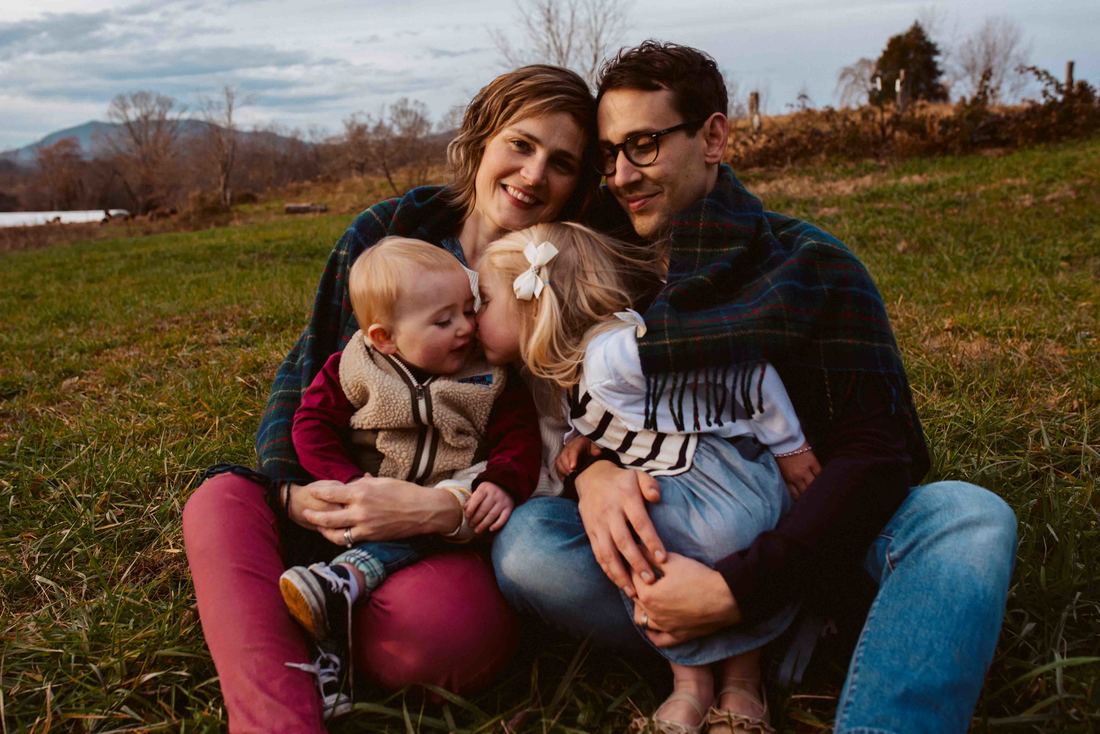|
I picked up my three-day-old daughter from her bassinet, but I couldn’t make her stop screeching. I bounced, rocked, and swayed. Twenty squats later, I began to question my competency as a parent. One of our visitors noticed my panic, disguised by confidence, and asked me to hand her over. In an attempt to reassure me, she observed, “Maybe you’re not soft enough.” Wait, was that supposed to be a compliment? For a time, I assumed that I was biologically ill-equipped for gentleness. My daughter latched on to her mother’s body for sustenance, rendering me glorified waitstaff. I’m also prone to anger; I lose my temper and find it when it’s too late. I can play too rough and throw the kids too high in the air. But the first time my beard stubble gave my daughter goosebumps, I knew that gentleness and strength could be complementary. Read more at Coracle
0 Comments
Metho-nerds might find this exploration of John Wesley's theology of sanctification/works of mercy. Hey, Ben Witherington cited it in a book!
http://www.lagrange.edu/resources/pdf/citations08/WorksofMercy.pdf |



 RSS Feed
RSS Feed